LAMO seminar/workshop Em busca da forma, sistemas generativos(Formfinding
& generative systems) sought to deepen the theoretical and practical
development of generative algorithms in design. It pursued to explore the
advances of mathematics at the end of the 20th century, namely information
theory and general systems theory. These advances provided a new set of
techniques to find design solutions. Although these techniques have already been
applied in areas such as engineering, graphic design and urbanism — given their
mathematical and computational nature — their application in architecture is still
scarce. This event explored computational techniques, such as cellular automata,
L-systems, genetic algorithms and shape grammars, to translate these techniques
for design form finding tools. The idea was to understand through
experimentation how these techniques can be applied to solve design problems.
The event was preceded by a research and was supported by an international
scientific committee, gathering a group of researchers experienced in the
referred techniques. This article will describe the methodology used in the
workshop and analyse the results. The event had many interested candidates that
were selected to have a blend of undergraduate students, post-graduate with
professionals/professors. All participants were introduced to generative design in
a theoretical and practical experience about the mentioned form-finding
techniques. The participants were then challenged to develop a project with the
mentioned tools and were organized in groups of three (one undergraduate
student, one post-graduate, one professor/professional). A heuristic helped to
organize participants by interest and level of study, setting two groups for each
theme, in a total of eight groups. The use of the tools in the design processes and
their results are presented in this article, evaluating its potential and limitation.
The results suggest that the tooling or computerization can coexist with the
computation process, and this junction brings a new meaning to form in its
formation process. Tools appear to be more tied to the context and to the project
potential and the restrictions, albeit implicitly. But the learning process benefits
from experience, to adjust the tools by trial and error. Even if the use of tools
cannot be completely coded they work as heuristics to search the space of
solutions. So tooling can rescue the design intuition prior to the use of
computation. Tools influence the processes, the results and the final solution. So
they are not neutral and need to be addressed. |
